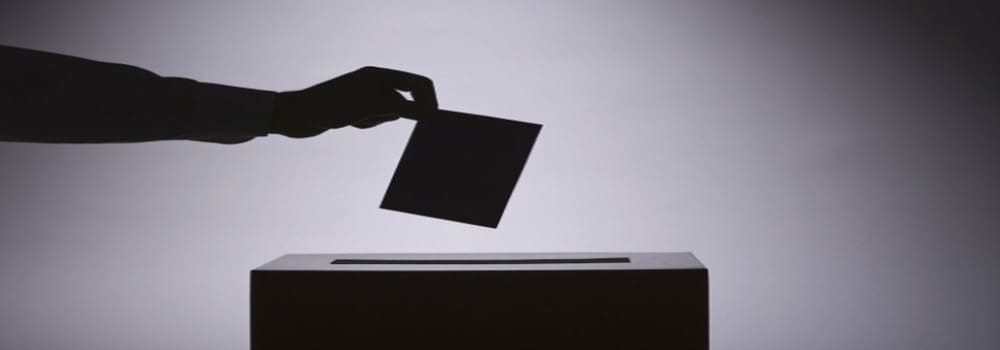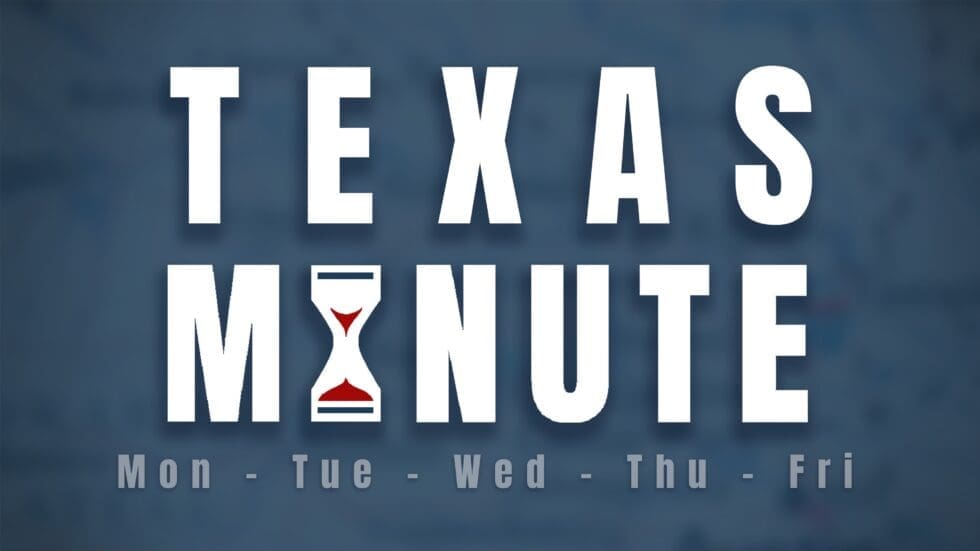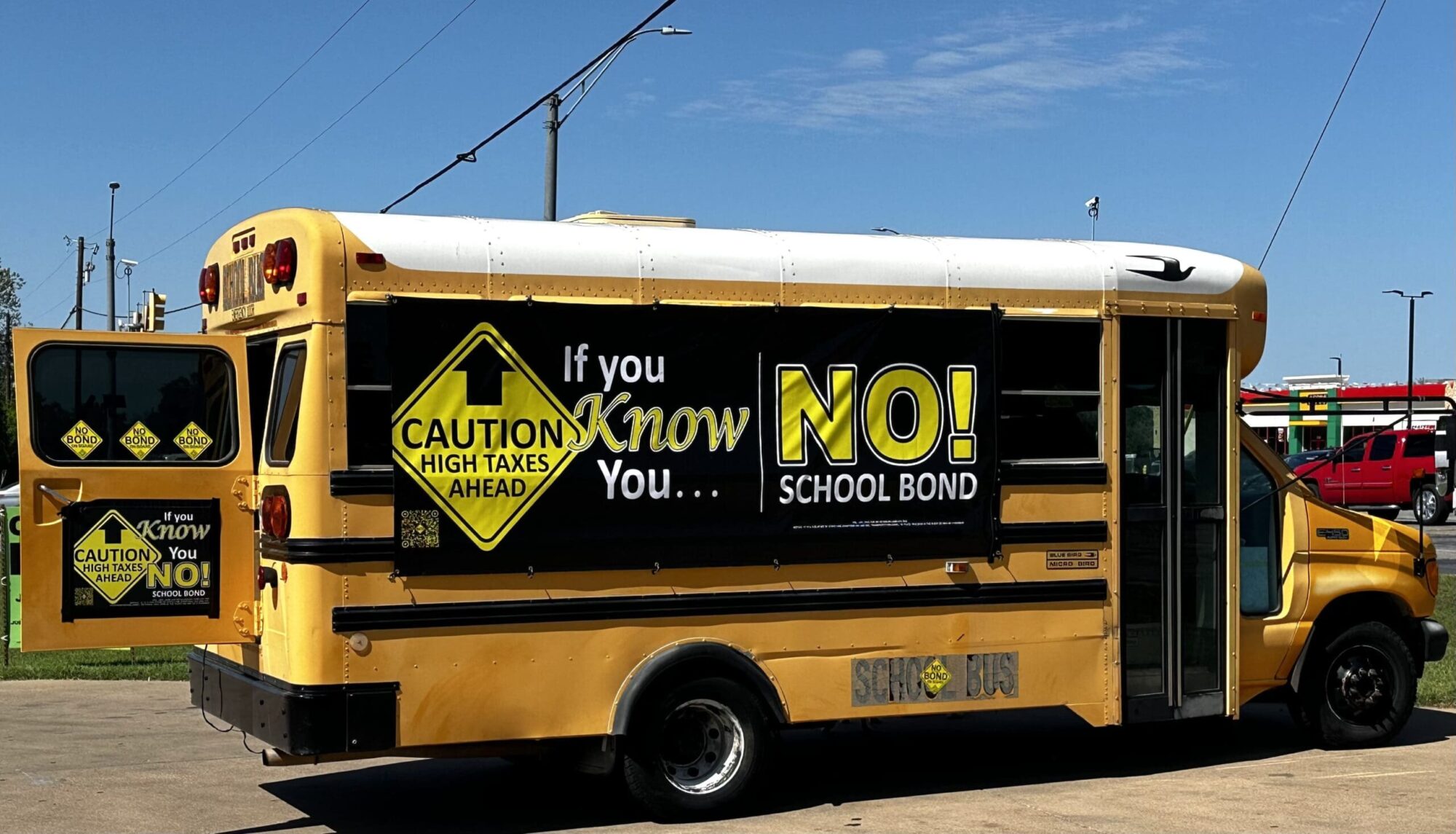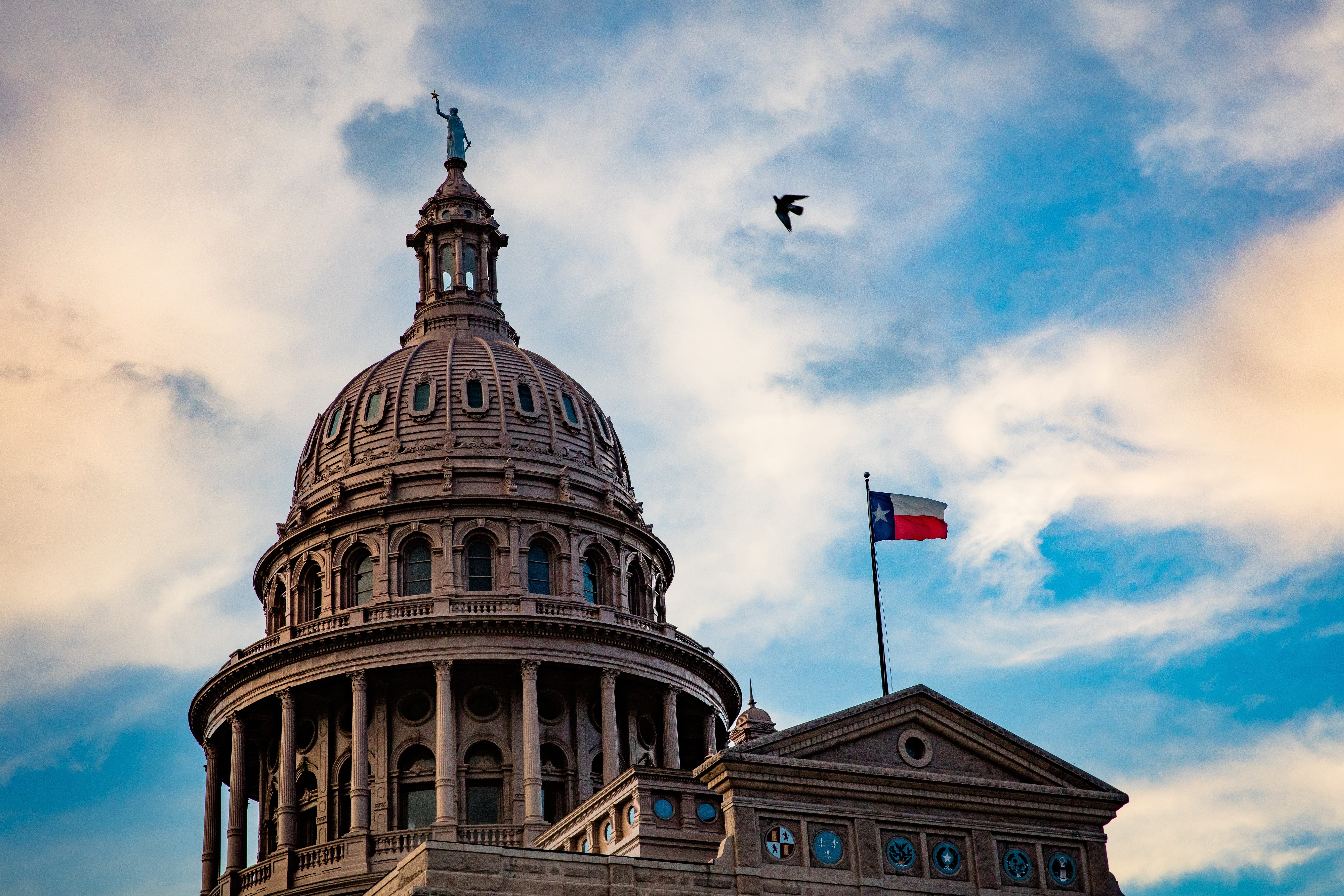A Houston-area school district’s plea for a nine-cent tax increase was stopped in its tracks last week when voters came out and shot it down. Since then, there have been no less than three articles written about the precarious position in which Klein Independent School District finds itself and its need to find more financial resources.
But is their position as desperate as it may seem?
Leading up to the election, Klein ISD officials sounded the alarm on the need for an additional $30 million to prop up its reserve account and fund security updates and existing programs.
Voters didn’t buy it, so now the district is eyeing areas to cut and superintendent Bret Champion recently released a letter detailing some of the areas they will be targeting and to what degree.
Champion says they will cut central administration costs by foregoing filling positions and by reducing cabinet-level administrative pay to find savings totaling about $1.3 million. This is part of an overall $6.2 million of non-campus reductions, but non-campus reductions are taking the smallest hit out of all of the cuts.
The district is proposing to cut $8.15 million through staff benefit and compensation reductions. Another $11.7 million will be cut from campuses, which includes discontinuing KISD’s permanent substitute program and increasing the student-to-teacher ratio. They plan to save another $1.7 million by delaying the opening of a new elementary school.
With those cuts, they are still looking at about $21 million in new revenue from a Hurricane Harvey tax provision, community eligibility for their child nutrition program, and interest earnings.
KISD blames these cuts on the failed tax increase election which would have increased the maintenance and operation or M&O portion of the district’s property tax rate from $1.04 to $1.13 per $100 in valuation. As for the overall tax rate, the increase would have brought it to $1.52 per $100 valuation.
From the 2012-13 through the 2016-17 school years, KISD has increased its budgeted M&O funding by 18 percent. Per student, all funds have increased by 43 percent since the 2004-05 school year.
There has been no shortage of increased budgeted funds, but growth hasn’t been as fast.
From 2013-14 to 2017-18, according to district data, enrollment only grew 10 percent, and projected growth is 6.3 percent from 2018-19 to 2020-21. Admittedly, though their enrollment numbers have grown rather slowly, most of their schools are at their capacity for utilization. But this is something they could and should have planned for.
Meanwhile, the district has seen a 6 percent increase in revenues in the last five school years and a 12 percent increase in expenditures during that period.
A few days after the election failed, the district released a statement that read, in part:
“We are now 72 hours from the TRE being voted down by the Klein ISD community. While we are disappointed, we want you to know that this moment in Klein will not define us. We will not waiver in our shared vision of every student entering with a promise and exiting with a purpose—we will just do so moving forward with fewer resources and a slimmer budget.
The framework to reach the budget shortfall is the same plan we shared prior to the election: first, finding additional revenue and then cuts in nonpayroll areas like department and campus budgets, benefits, noncampus personnel, including further reductions in central office administration, and campus personnel. Most hiring is currently on hold as we work through the many details related to this massive budget reduction.”
The most illuminating thing out of their response to taxpayers shooting down their tax increase request is that their first priority is still to find additional revenue and then look for cuts. This is a common problem that government entities across the state cannot seem to grasp: taxpayers are tired of being asked to contribute more when their governing bodies do little to reduce spending.
Though central office administration salaries are typically the highest of any employee in school districts, cuts to that area are buried in their list after campus and department budgets and benefits. Rather than address the bloated bureaucracy in the district’s central office personnel, KISD would rather start cuts with the areas that arguably need funding the most.
An even bigger question is why the district hasn’t already been cutting and prioritizing. Why didn’t they try to restrict spending before coming to voters to ask for a nine-cent increase?
Lastly, why was there no public contingency plan in case voters rejected the increase? Negligence like that is likely why the district ended up in the position that it did— and why voters chose not to trust the district with even more taxpayer money.
Voters are not to blame for personnel losing their jobs. No one is hoping to see KISD employees laid off because the district can’t afford to pay them. But the district, as with all public entities, is not in the labor business. Its job is to educate, and if layoffs are required to fully fund the educational needs of kids, so be it. Have we forgotten public servants are just that – servants of the public?
So, while the question of what happens when voters shoot down a tax increase has yet to be answered, the district is coming up with a plan. It’s equally as important now for taxpayers to be an integral part of that plan and make sure the district learns to be better fiscal stewards of public dollars.




